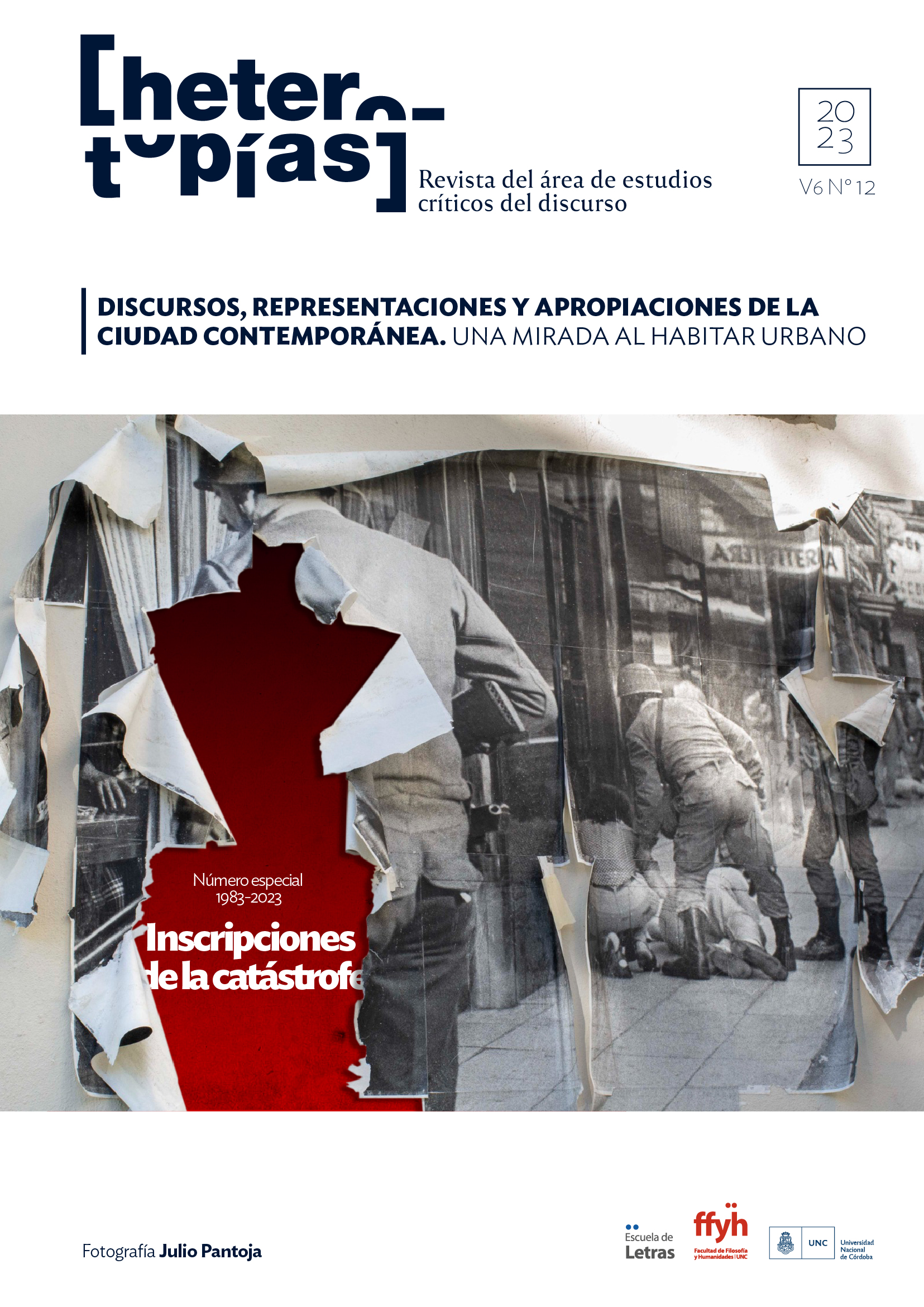The Urbanite Body
Main Article Content
Abstract
This article proposes tackling urban dwelling by closely monitoring the daily activity of the people populating the city. It attempts to observe the ways in which urbanites carve out the urban landscape in order to confer upon it a peculiar, distinct, and light, soft architecture that borders the urbanistic and architecturally constructed public and private spaces. It is from a Dwelling Theory that it even becomes possible to better understand the context that is actually experienced in the urban territory. A comparison is therefore made between the manner in which the body of the urbanites themselves serves as the guideline for one of the major community works of art made by humanity: the city itself. This is followed by a special consideration regarding certain fundamental activities or gestures that the inhabitants realize in their daily lives, comprising a concrete urban architecture. This concise review concludes with how the architecture of the constructed city restricts and offends the fragile constitution of today’s urbanite.
E-mail: nestor.casanova.1958@gmail.com
Downloads
Article Details

This work is licensed under a Creative Commons Attribution-NonCommercial-ShareAlike 4.0 International License.
Those authors who have publications with this journal, accept the following terms: Those authors who have publications with this journal, accept the following terms:
a. The authors will keep their copyright and guarantee to the journal the right of first publication of their work, which will be simultaneously subject to the Creative Commons Attribution - Non-Commercial - Share Alike (by-nc-sa) Attribution License; no commercial use of the original work or any derivative works is allowed, the distribution of which must be done with a license equal to the one that regulates the original work.
b. Authors may adopt other non-exclusive license agreements for the distribution of the published version of the work (e.g., deposit it in an institutional telematic archive or publish it in a monographic volume) provided that the initial publication in this journal is indicated.
c. Authors are allowed and recommended to disseminate their work through the Internet (e.g. in institutional telematic archives or on their website) before and during the submission process, which may lead to interesting exchanges and increase the number of citations of the published work. (See The effect of open access).
References
Benjamin, W. (1982 / 2005). Libro de los pasajes. Madrid: Akal.
Borghi, F. (2009). Cuerpo y subjetividades en las sociedades de la incertidumbre. En C. Figari, & A. Scribano (Edits.), Cuerpo(s), Subjetividad(es) y Conflicto(s). Hacia una sociología de los cuerpos y las emociones desde Latinoamérica (págs. 23-34). Buenos Aires: Fundación Centro de Integración, Comunicación, Cultura y Sociedad.
Casanova Berna, N. (2021). Errancias, estancias, atravesamientos: ocurrencias urbanitas. Locus, 61-68. Obtenido de https://renaseh-odhva.org/wp-content/uploads/2021/12/REVISTA-LOCUS.pdf
Díaz, I., & Honorato, C. (2011). El urbanismo del miedo y la sociedad contemporánea.
Viento Sur(116), 58-66.
Le Breton, D. (1990). Antropología del cuerpo y modernidad. Buenos Aires: Nueva Visión.
Le Breton, D. (2000). Elogio del caminar. Barcelona: Siruela.
Lefebvre, H. (1968 / 2020). El derecho a la ciudad. Madrid: Capitán Swing.
Lindón, A. (2009). La construcción socioespacial de la ciudad: el sujeto cuerpo y el sujeto sentimiento. Cuerpos, emociones y Sociedad(1), 6-20.
Stavrides, S. (2016). Hacia la ciudad de umbrales. Madrid: Akal.
